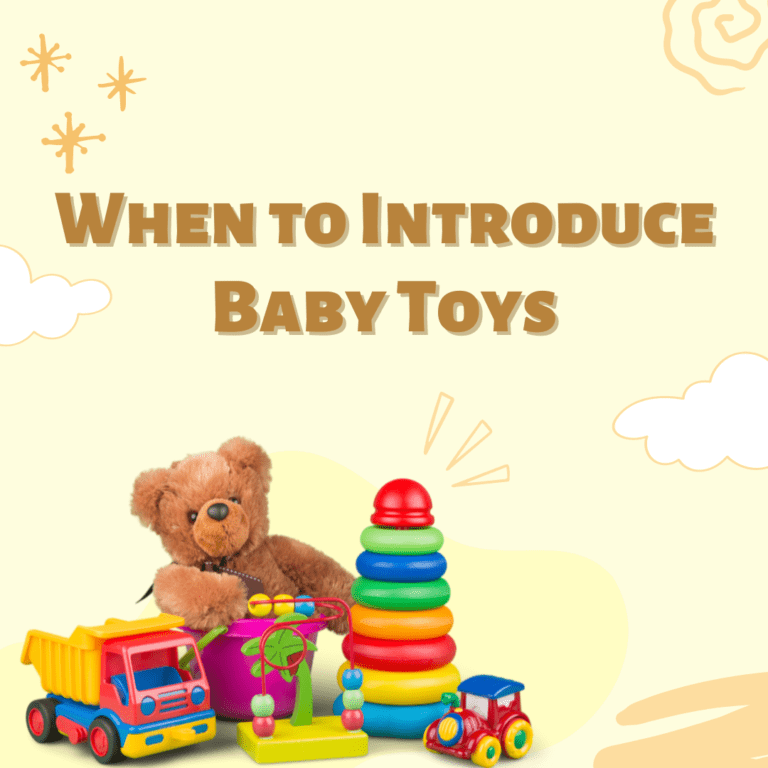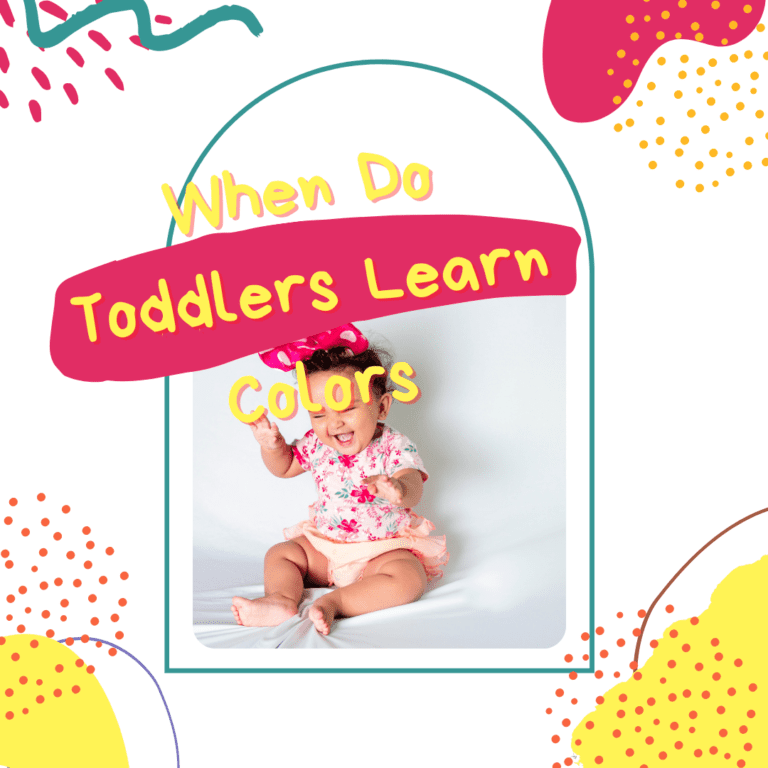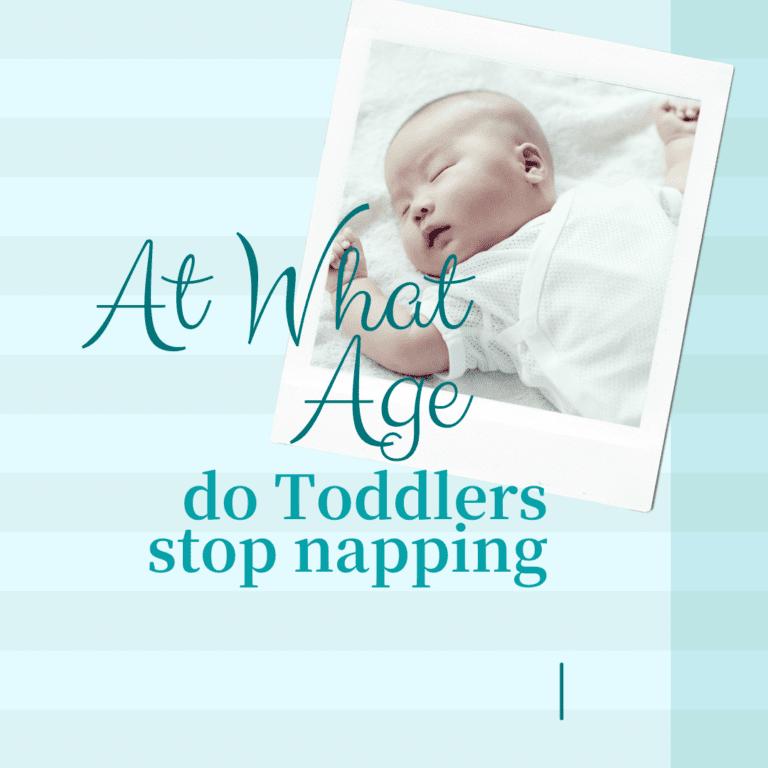The right way on how to hold a newborn baby properly in a variety of common circumstances will be demonstrated. You will notice that as time passes, you will get more and more confidence in your ability to cope with your little darling.
Holding a newborn infant in the appropriate manner
When most new parents have to hold their infant unassisted for the first time, they experience apprehension. That’s very natural in this situation. When it comes to cradling a very young infant, there are a few things to bear in mind.
Skin-to-skin contact when held
The so-called “kangaroo” posture is frequently used as the initial holding position following a normal delivery. The nude infant is placed on your chest or on the upper body of your spouse who is also naked. Using a light blanket, you can keep your baby’s back warm and prevent him from being chilled.
Throughout infancy, this posture can be held indefinitely. You should then consider putting a cap on your kid and changing his or her diaper.
Breastfeeding women’ milk supply is boosted by skin-to-skin contact with their babies. In addition to having a good effect on parent-baby bonding, holding an infant in this way helps to regulate the newborn’s temperature, respiration, and heartbeat. Premature newborns benefit greatly from the use of the “kangaroo,” which is a very effective bonding and therapeutic tool.
Lift your child in the proper manner.
When carrying and cradling a newborn, the most important thing to remember is to provide proper support for the baby’s head and neck. When your kid is approximately 4 months old, he will begin to exert meaningful control over his head. Meanwhile, your assistance is required, and you must guarantee that the head does not tilt from side to side, or snap forward or backward.
For example, if the child is being taken out of bed, you must ensure that their head and neck are adequately supported. Caution should be exercised while applying pressure to the fontanelles (the soft spots on the head).
- For example, you can do the following:
- Place one hand under their chin and around their neck.
- Make a fist and place one hand beneath their buttocks.
- When lifting, bend your knees a bit so that you don’t twist your back.
- Once you have a firm grasp on your child, you may cautiously pick him up and draw him close to your chest while straightening your legs once again to avoid dropping him.
Most cots allow you to modify the height of the mattress, which means you won’t have to bend down as often during the first few weeks of your child’s life. When your baby becomes more active later on, the mattress should be lowered to prevent it from injuring itself while attempting to climb out of the crib at a later time period.
Holding your infant in your arms in the appropriate manner is essential.
Most parents will instinctively hold their infant in their arms when they first bring him or her home. When you are in this posture, you can communicate with your kid more effectively: look him in the eyes, smile at him, and converse with him.
The right way to hold your kid in your arms is as follows:
- Holding your head in one hand while gently resting it on your chest is the proper position.
- Your head should be supported in the crook of your arm by the other arm, which should also support your buttocks with the hand of the other arm.
Your child’s growth will be aided by this posture, which also gives a sense of safety to them. Holding it correctly can also aid in the bonding process between you and your child or newborn.
Hold your baby in the upright position
In addition to the laying position, the upright posture can be used for infants as an alternative:
- Your infant will be lying on your chest in this posture.
- Their head should be resting on your shoulder.
- Always use one hand to support the upper back, head, and neck of your newborn when holding him or her.
- With your other hand or forearm, hold their buttocks in place.
When feeding: How can you hold your baby correctly?
Young newborns spend much of their time drinking and sleeping, which is normal for them. When it comes to feeding, your tiny darling will want your assistance.
Hold your baby properly while breastfeeding
Do you spend a significant amount of time nursing your child? It is all the more critical that you hold your infant appropriately during this time. Generally speaking, nursing moms prefer to be in one of four positions:
Cradle Posture
With the arm that is closest to the nursing breast, the kid is held. (See illustration.) Keeping his or her head in the crook of your elbow, your baby is staring towards the center of your chest. Instead of being turned to one side, the head should be in line with the rest of the body and not forward. As a result, a line is formed by the ear, the shoulder, and the hip.
Cross Cradle Posture
It’s identical to the cradle hold, with the exception that you’re holding it with the other arm (the arm opposite the nursing breast). With one hand, support your baby’s head, and place his bottom in the crook of your arm to keep him comfortable. On the other hand, you can support your chest from below with your other hand. This posture is extremely beneficial for newborns who have difficulty latching on.
The Soccer Stance
With your kid nestled beneath your arm, you’ll look like you’re clutching a soccer ball in this posture. It is held sideways in your arm at waist height, and you support your back and head with your arm and hands. The small legs are pointing backwards, and the head is pointing towards your chest as you speak. In this position, women can nurse both of their children at the same time, or they can use it after a cesarean section to cover the incision site.
The lateral position
For this nursing posture, you should lie on your side with your legs potentially pulled up. It is important that your baby lies with their belly facing you and that their mouth is level with your nipples. Pulling your tiny darling close to you as you put it on will ensure that it fits properly. You are not need to hold your head up; instead, you can comfortably rest it on a cushion. So the lateral position is also an excellent choice for nursing during the nighttime hours.
In addition to these four positions for holding your baby while nursing, there are a few additional options that you may experiment with. Ask your midwife for more information if you have any concerns. All options are acceptable as long as they are comfortable for you and your kid and are functional.
Hold your baby properly while feeding
Holding your baby in a semi-upright position when bottle feeding him, whether with breast milk or formula, is recommended to make it simpler for him to swallow.
It is best not to feed your infant when it is lying down since there is a chance of choking. Keep your head in the crook of your arm as the rest of your body rests on the inside of your forearm, generating a little slope. Sit comfortably during feeding, and raise your elbow so that it is higher than your forearm if possible.
It is important that your child does not fall asleep with the bottle in his or her mouth, because this might result in tooth decay.
The right position for the burp
When your baby is burping after a meal, you can hold him or her in a variety of positions. Another option is the sitting position, which is in between the two options. It is also possible to burp while in the prone position:
Upright Posture
Maintaining your baby’s upright position while resting their head on your shoulder and providing sufficient support for their head and back is essential. With the other hand, gently stroke his back between the shoulder blades.
Prone position
Place your infant on your lap, face down, with their head supported so that it is higher than their heart. Using one hand, lightly touch or stroke his back, between his/her shoulder blades.
Seated Posture
Place your kid on your lap and hold their head, chin, and chest with your arms and hands. With your other hand, pat him on the back gently. This position should only be considered if your infant is able to support his or her head firmly and independently.
Every child is unique, and what works for one burp might not work at all for another, depending on the circumstances. Through trial and error, you will discover what works best for your infant.
Holding your baby properly when feeding complementary foods
Even if your kid is a little older, it is still critical that you hold them appropriately in specific situations and that you provide them with support while they are sitting.
Complementary foods should only be provided once your baby has demonstrated that he or she is able to sit correctly. Your baby can either be fed while being held on your lap or in a high chair, depending on how firmly your kid can support his or her own body weight. It is always critical that it does not appear to be on the verge of tipping over.
The act of sitting up straight is not usually a cue to begin introducing complementing items into the diet. The dietary plan for a kid during the first year of life might differ from one child to the next.
“Writing Baby”: How to hold your baby properly
What is currently referred to as “cribbing baby” was previously referred to as “three-month colic.” As the name implies, this phenomena is only present for a brief period of time: newborns are most commonly afflicted within the first 3 to 4 months of life.
It is common for a baby to cry excessively and appear inconsolable while they are suffering from colic. Colic is described as sobbing that lasts for more than three hours, more than three days a week, and over a period of more than three weeks in duration. Aside from wailing, the infant appears to be in good health.
A three-month colic is classified as a regulatory condition. Colicky newborns, in contrast to other infants, have not yet learnt to comfort themselves, resulting in excessive crying. More air is allowed to enter the newborn’s belly as a result of frequent crying, which can result in a bloated abdomen and associated pain for the infant.
This is a significant hardship for the majority of parents, not least because, despite their best efforts, they are unable to fully quiet the kid, leaving them powerless in the face of the screaming. Various techniques of holding the newborn, on the other hand, have demonstrated to be beneficial:
- Close body contact : Hold your infant close to your body and take slow, deep breaths in and out to keep your baby quiet and relaxed.
- Baby Carrier : Many crying infants find that being carried in a baby carrier or sling for an extended amount of time helps them to settle down.
- Upright : Keep your baby upright while eating or nursing to limit the amount of air your infant swallows.
A crying infant is a source of stress for the entire household. Regardless of the situation, you should seek assistance from your pediatrician or your midwife.
Tips & Tricks: Hold your baby properly
After they are born, babies appear to be extremely frail and little. The fact that some new parents are even a little scared and don’t know how to properly hold their infant is normal and understandable. The following pointers and approaches may help to alleviate some of your concerns:
When bathing
It might be tough to provide the proper support for a newborn, especially when washing him or her. When it comes time to take your first bath, your midwife will most likely provide a helping hand. When holding, the most crucial thing to remember is to keep your head properly supported. This, as well as the majority of the body, should be above the water’s surface. Keep all of your washing tools (towels, washcloths, and so on) close at reach.
Safety first
When you have your child in your arms, concentrate solely on holding him or her; do not try to do anything else at the same time. When performing potentially dangerous actions such as handling boiling water, this is extremely important.
Safe handover
If friends or family members wish to hold your child, they should first take a seat. It is preferable not to give over your baby when he or she is standing up to reduce the possibility of someone tripping and harming your precious.
Hygiene
Certain cleanliness standards should be adhered to, particularly while dealing with babies. Visitors should thoroughly wash or sterilize their hands before touching or handling your child.
Don’t Shake
Shaking babies is never a good idea, whether it’s out of irritation or for amusement. To avoid becoming overwhelmed or becoming overly frustrated by the incessant sobbing, ask someone else to keep an eye on and hold your infant until you have a chance to relax. And, to be perfectly honest, such feelings are completely natural.
Your posture
It is essential to maintain good posture in order to avoid back discomfort. You should try to keep your kid as near to your body as possible, preferably in the centre of your body. Keep your spine straight, your shoulders back, and your knees bent when you are scooping up a loved one from a shaky position.
How many times have you asked yourself, “How do I properly hold my baby?” This is not unusual, especially in the immediate postpartum period. If you ask your midwife for advice, she will almost certainly have one or two suggestions, and holding them correctly will quickly become second nature to you.
When you hold your tiny wonder in your arms, you should take every opportunity to appreciate it to the best extent possible, since these are the moments that will bind you both together for the rest of your lives.



